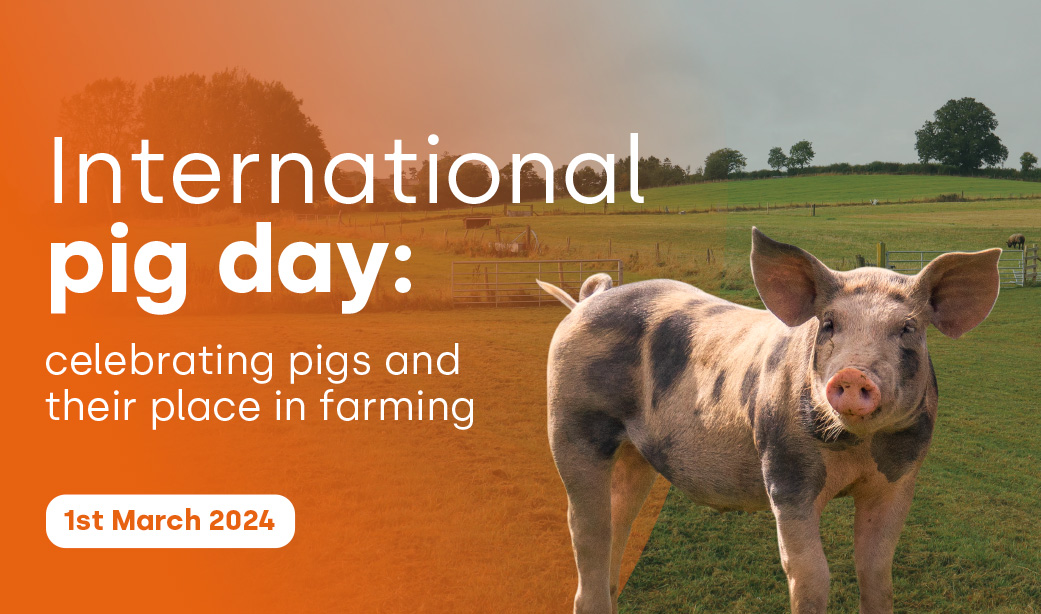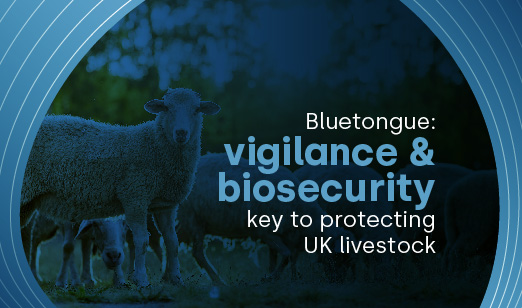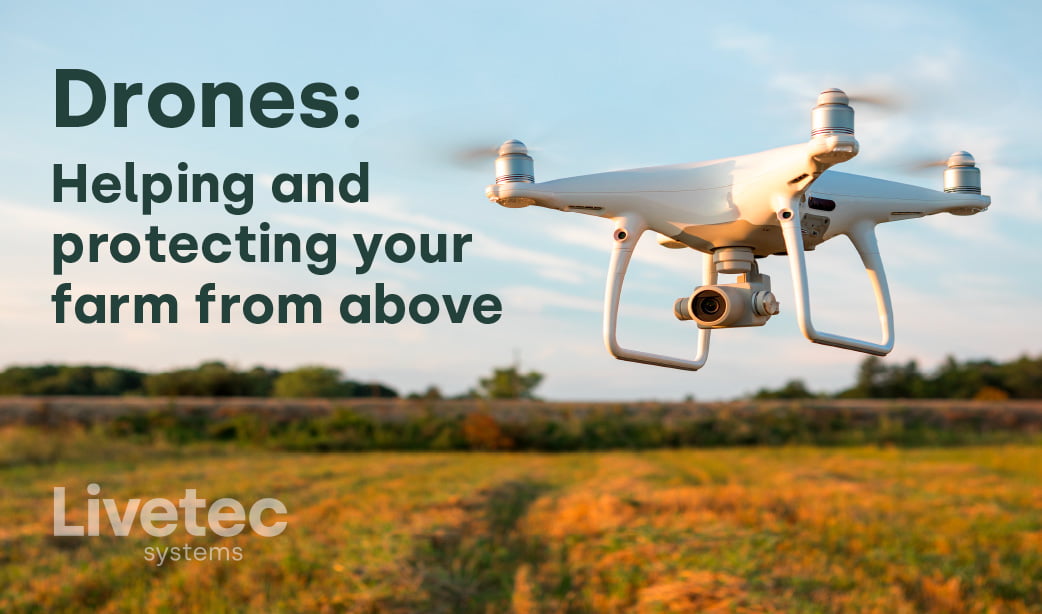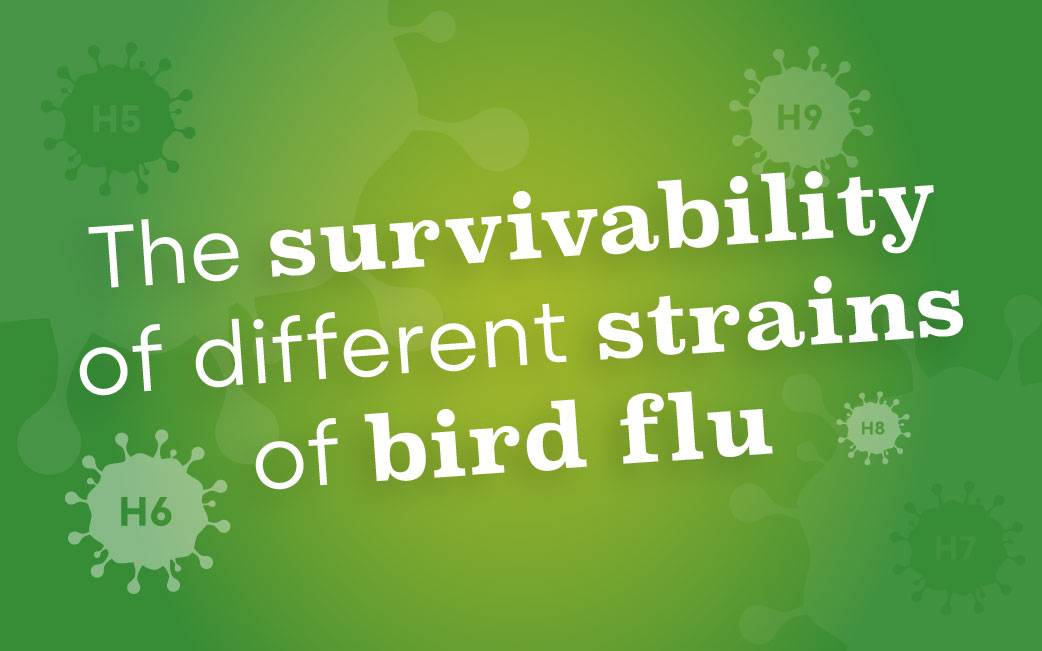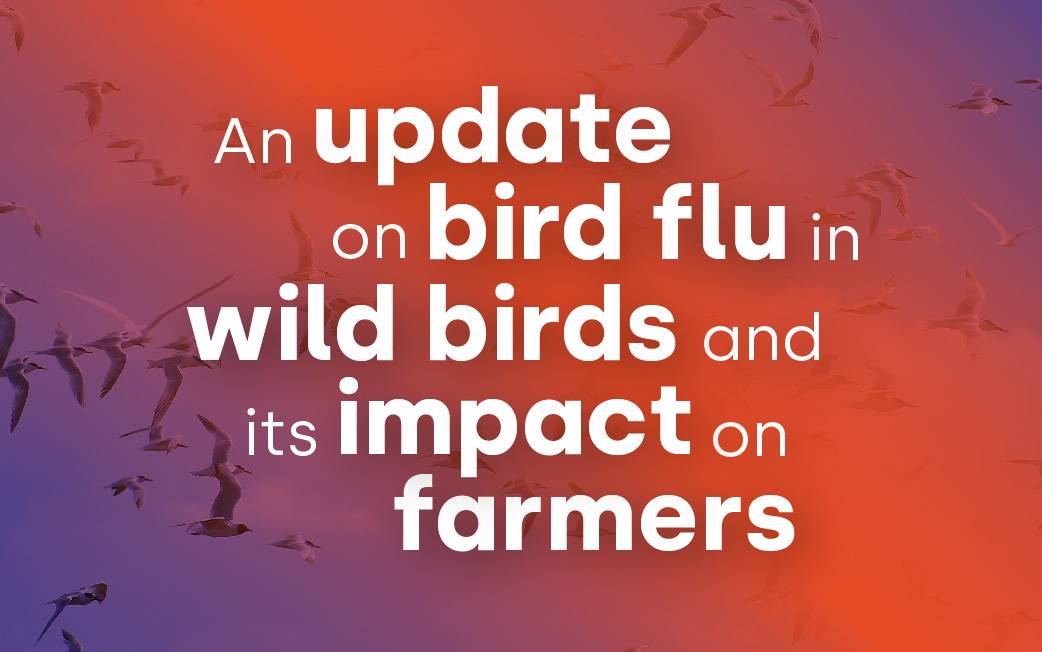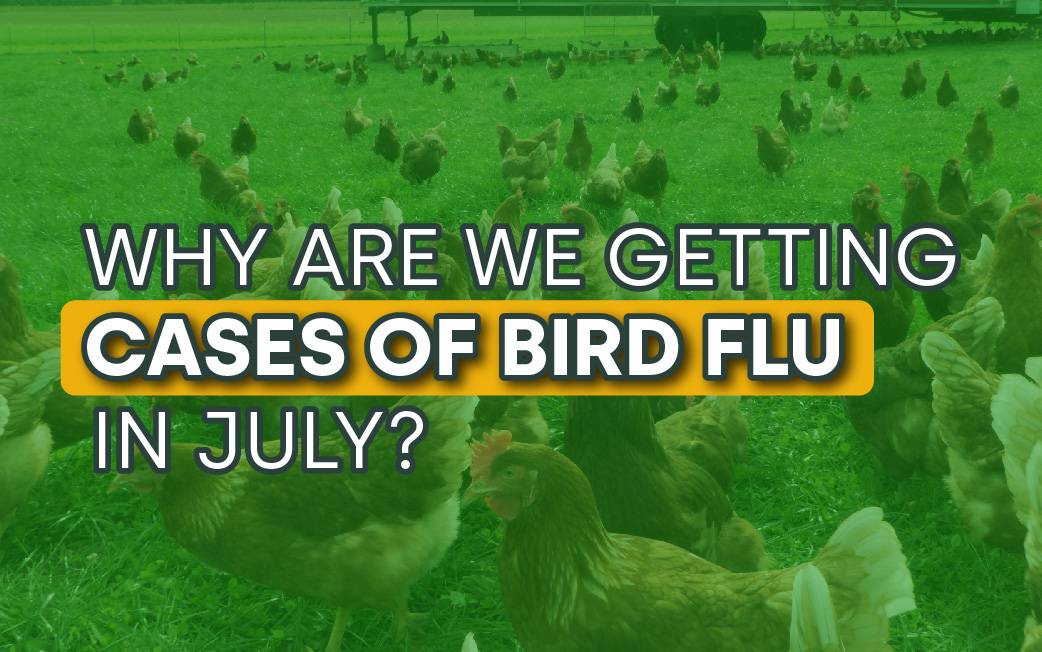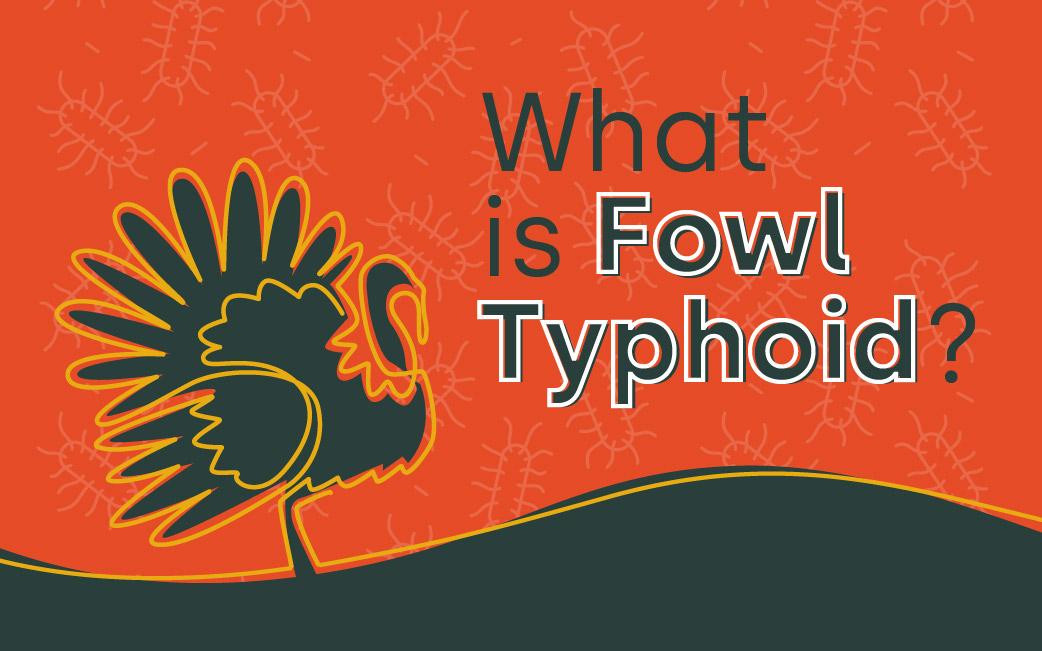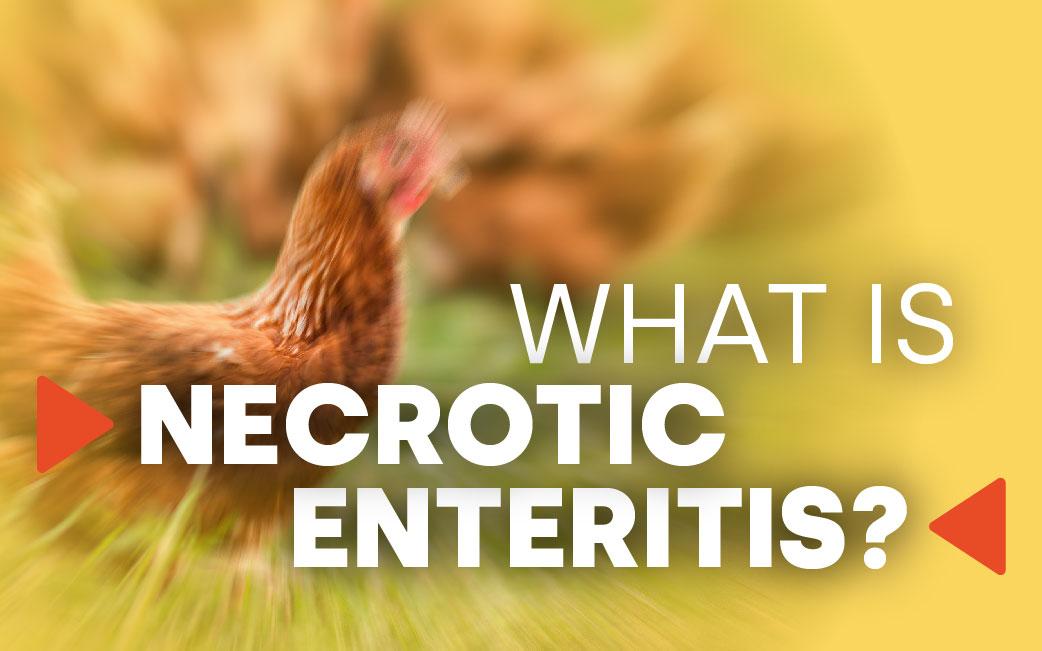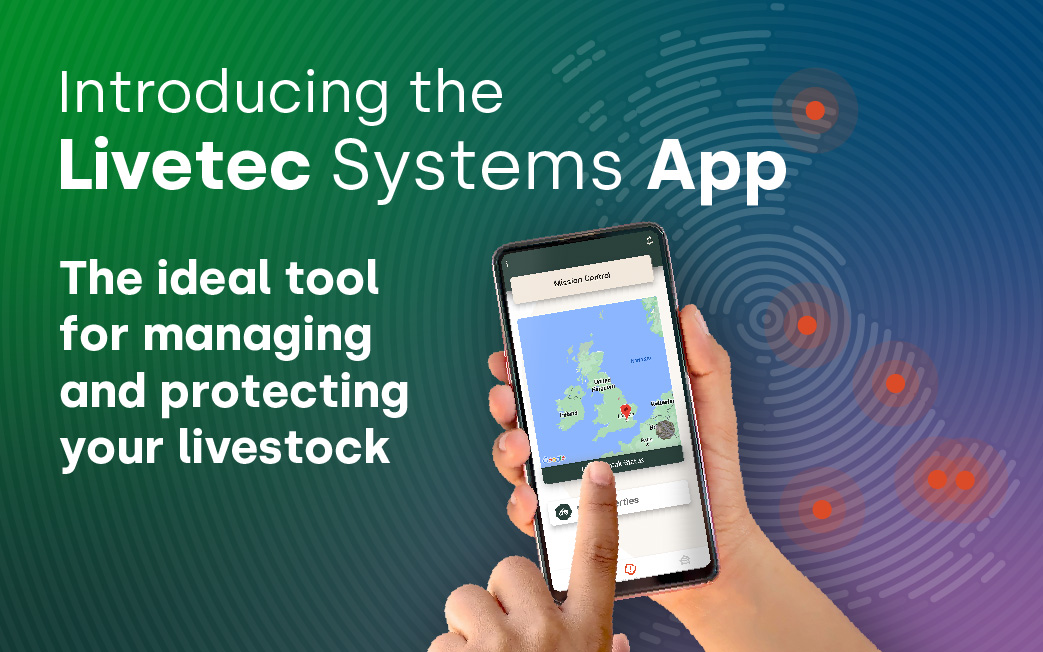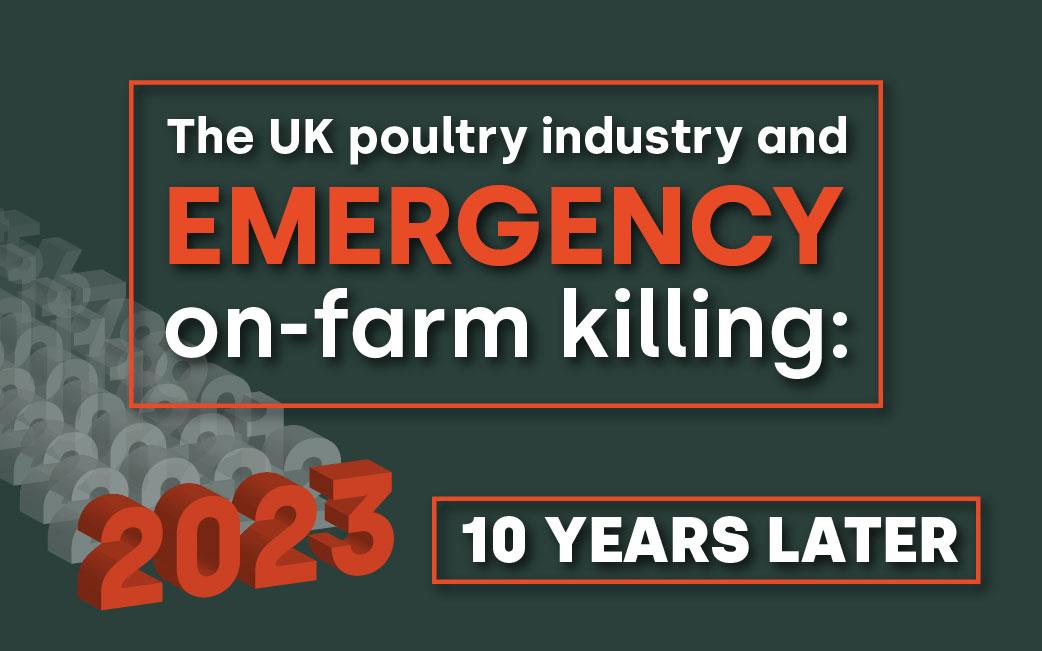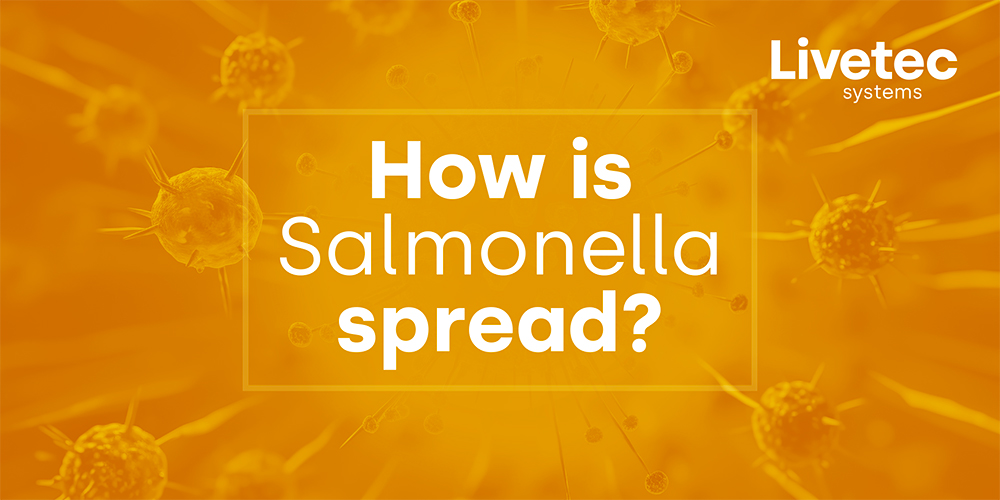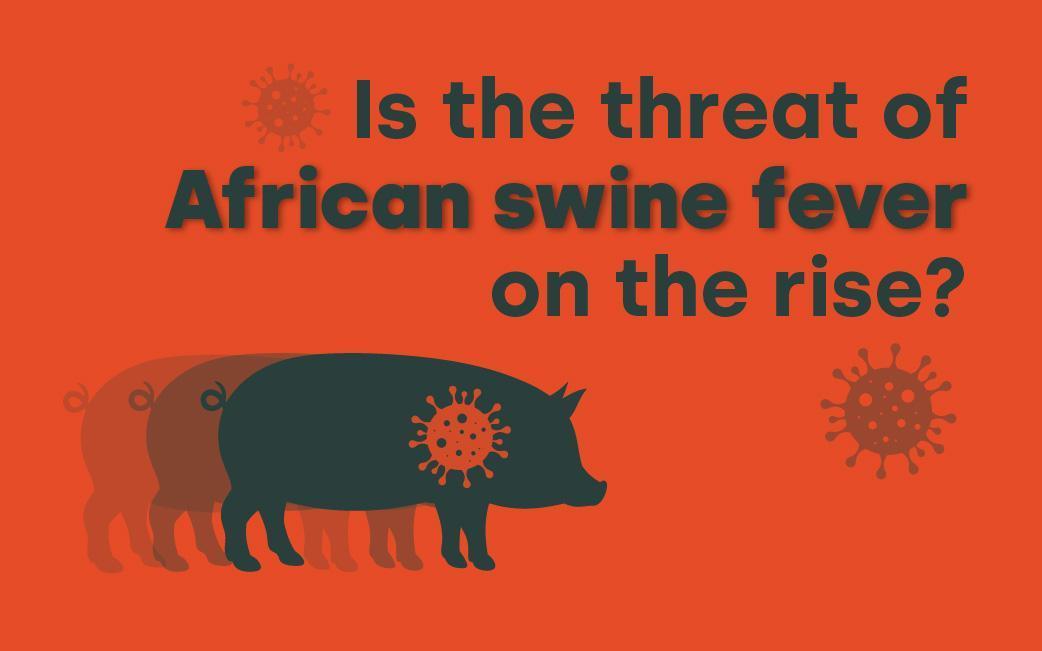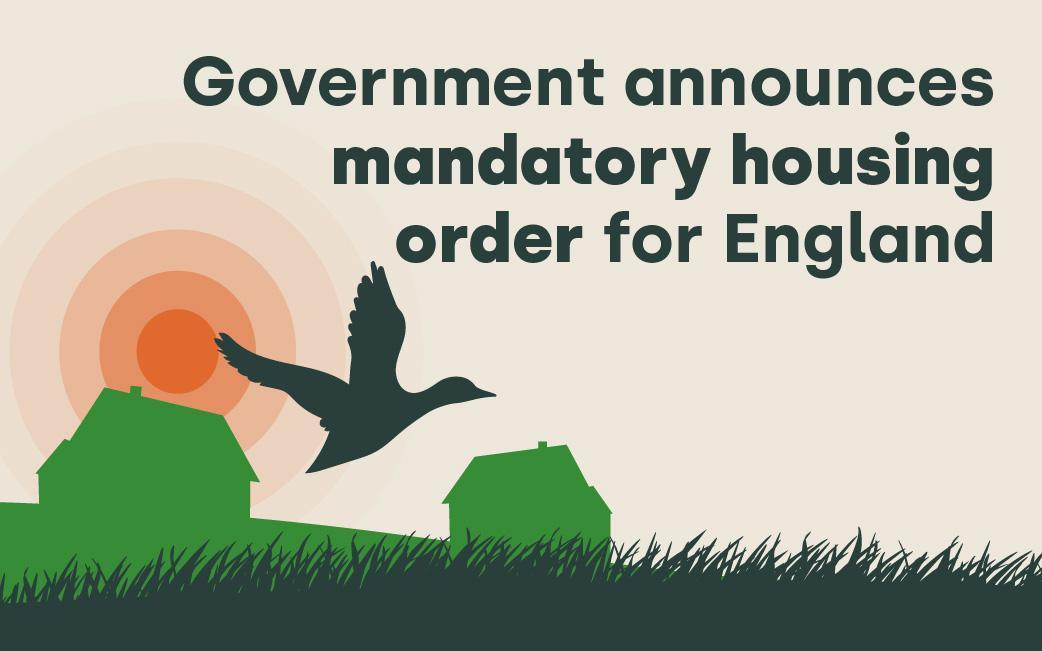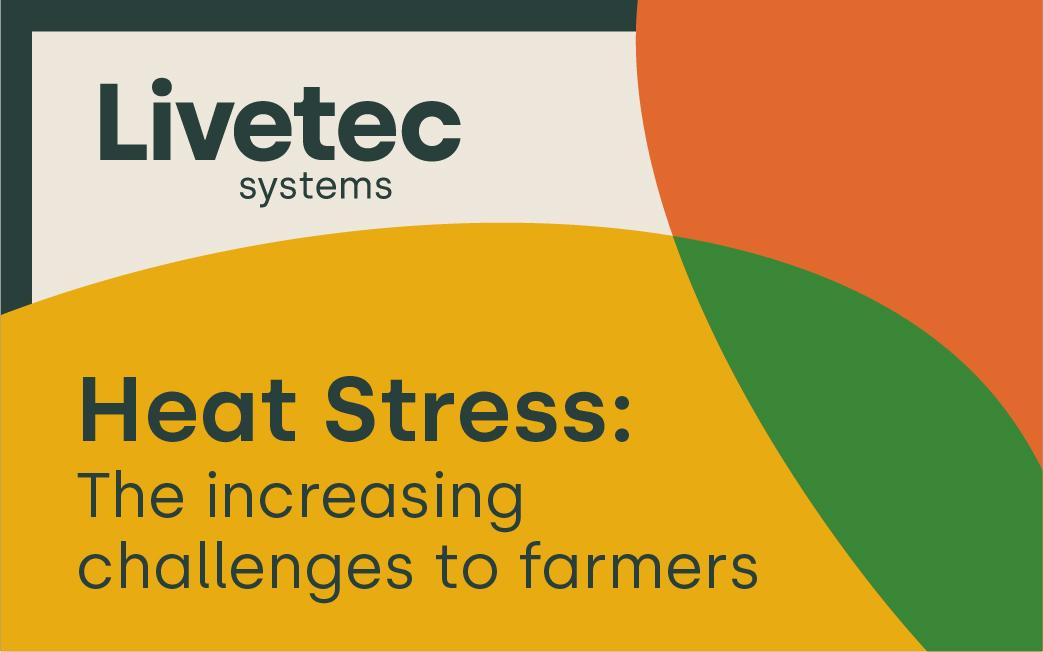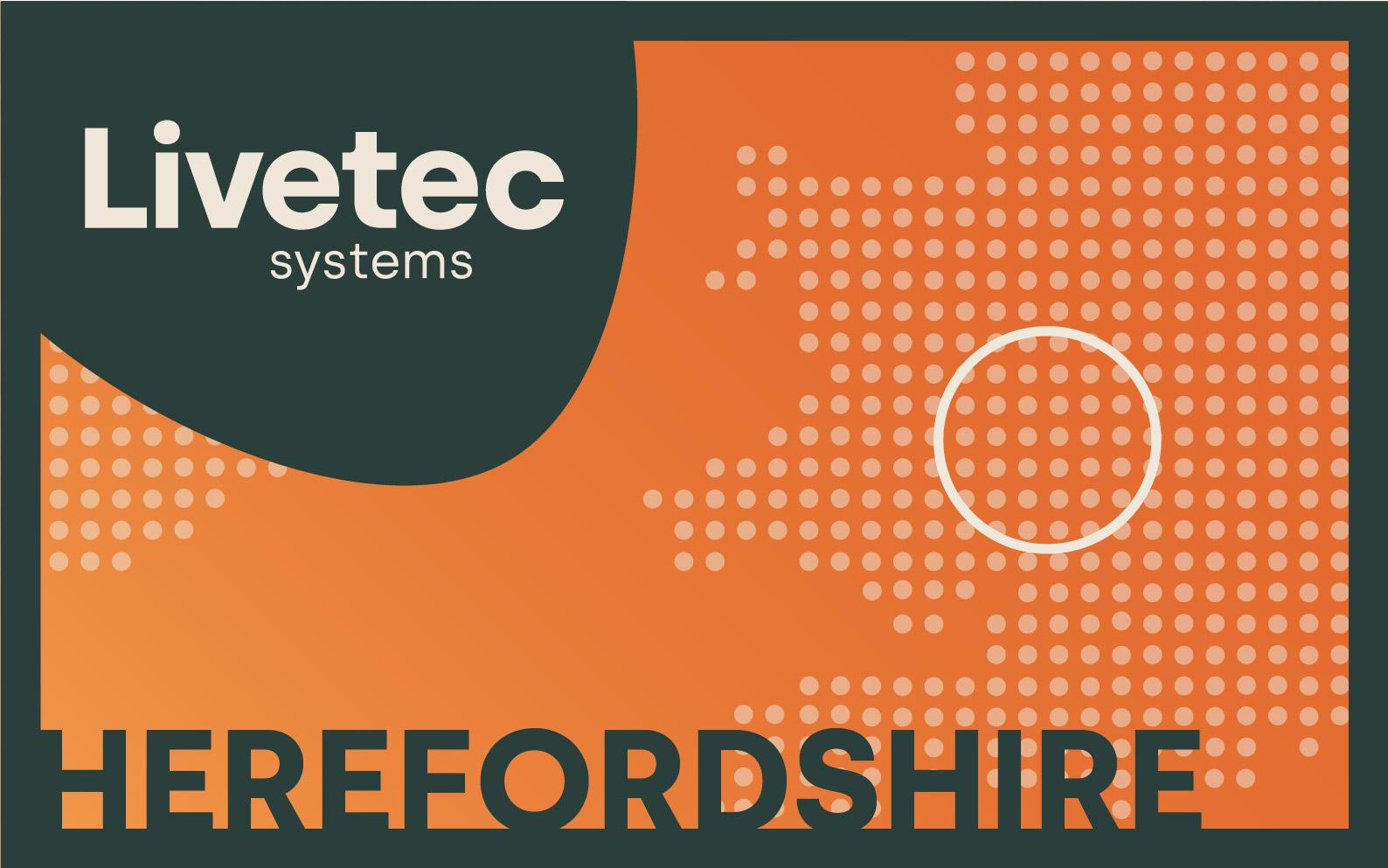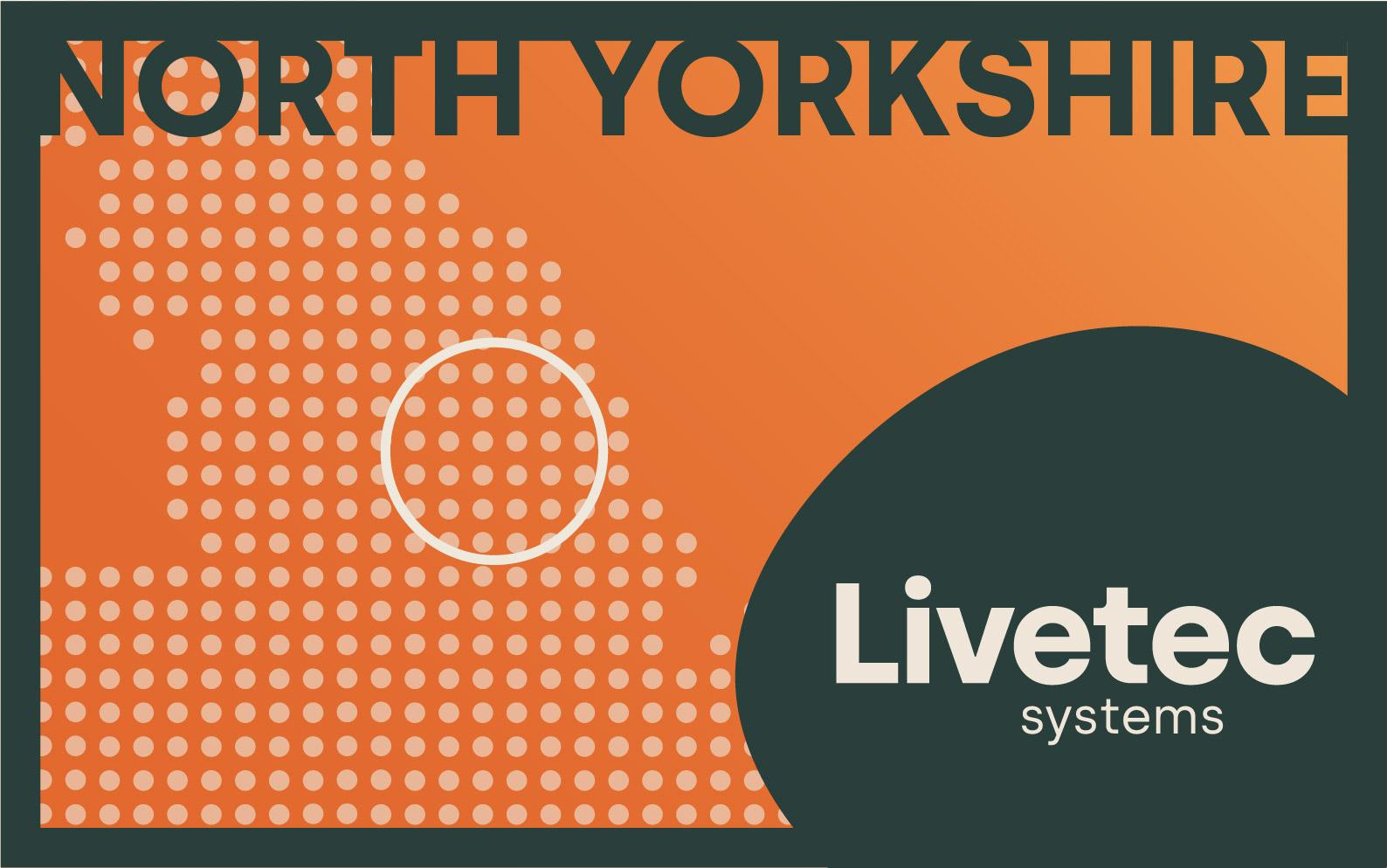A layer chicken, or layer is an older female chicken that is usually kept and raised specifically for egg production.
Layer chickens are especially popular within the commercial egg industry as they lay eggs more often than other breeds of chicken, such as broilers.
In order for layers to produce an above average amount of eggs, they need to have a high level of nutrition to boost egg production and ensure that they are large, heavy, tasty and of good quality.
Between 18 to 19 weeks of age, layers begin to produce approximately one egg every 22 hours. Once the layers reach 72 to 78 weeks, they start to lay less, and are rotated out.
Layers in the UK
In the UK alone, there are predicted to be around 39 million commercial laying hens and as a country, we consume over 12 billion eggs each year. Estimations presume that alone, the average consumer eats 200 eggs every year, and as the popularity of eggs continues to grow, so too does the value of the industry to the British economy. The latest figures show that currently, the egg industry in the UK exceeds £1 billion and provides employment to over 13,000 people.
Layers are also becoming an increasingly popular household animal, with a large number of people across the country deciding to keep their own hens to produce fresh eggs at home.
However, despite the UK being home to 39 million layers, it is currently only 86% self-sufficient in egg production, a figure that is under threat as the pressure continues to build for egg producers.
In the UK, eggs are mostly brown for a reason, as brown eggs are considered to be more appealing to consumers. Currently only about 250,000 to 300,000 of the UK’s eggs are from breeds that produce white eggs.
Why are eggs so popular?
A key reason for the popularity of eggs is that they are considered a staple as part of a balanced diet, as they are a good source of:
- Protein
- Vitamin D
- Vitamin B12
- Folate
- Iodine
- Vitamin B2
- Zinc
Are layers vulnerable to disease?
Yes, layer chickens are vulnerable to disease. They are especially susceptible to respiratory diseases, since they are often kept in close quarters. Some of the diseases that layers are susceptible to include chronic respiratory disease, Salmonella, Campylobacter and avian influenza.
However, there are some steps that farmers can take to help prevent disease outbreaks.
1. Implement a biosecurity plan: Biosecurity is any bird owner’s best line of defence against disease incursion. This means having strict cleaning and disinfection procedures in place, as well as isolating new birds until they have been given the all-clear by a vet, amongst many other things.
2. Be aware of the signs of disease: If you know what to look for, you can spot the signs of disease early and get treatment, if there is any for your birds as soon as possible.
How a Livetec biosecurity plan can protect your laying chickens
Biosecurity must be a priority in today’s world. At Livetec Systems, we specialise in developing and implementing biosecurity plans to protect British poultry farmers against the risks of a disease outbreak.
Having a plan in place provides protection for your flock, and helps you to be prepared, should the worst happen. For over a decade, we have worked with the Animal and Plant Health Agency (APHA) and the Department for Environment, Food and Rural Affairs (Defra) to ensure that our strategies are effective, compliant and up-to-date.
Contact us today to learn more about how we can help you safeguard your farm.














